Milwaukee SDS-PLUS Dust Trap Drilling Shroud
$26.22
Perform drilling tasks at ease and quickly by using this Milwaukee SDS PLUS Dust Trap Drilling Shroud. Universal fit for SDS plus rotary hammers.
In stock
Description
The Milwaukee SDS Plus DUST TRAP is the industry’s first OSHA compliance solution without a vacuum, ideal for overhead drilling applications. The universal fit allows the DUST TRAP to work with all SDS Plus rotary hammers and SDS Plus drill bits up to an 8 in. L, including stop bits and other anchor installations tools. The clear sleeve allows visibility while the locking mechanism enables easy storage on the jobsite. The compact, collapsible design is ideal for tough to reach places, providing superior productivity. The DUST TRAP is OSHA objective data compliance solution when used without a vacuum and OSHA Table 1 compliant when used with a dust extractor, giving users the flexibility to adjust to the daily demands of the jobsite while being compliant. Replacement SDS+ DUST TRAP Sleeves are available (48-03-3235).
- OSHA objective data compliance without a dust extractor
- OSHA table 1 compliant with a dust extractor
- Fits SDS plus drill bits up to 8 in. overall length and works with stop bits
- Compact, collapsible design ideal for accessibility and storage
- OSHA compliance without a vacuum
- Universal fit for SDS-plus rotary hammers
- Clear sleeve for maximum visibility and accuracy
Additional information
| Weight | .6 lbs |
|---|---|
| Dimensions | 4.13 × 7.05 × 12.60 in |
| Color Family | Red |
| Ideally Used With | Rotary Hammers |
| Material | Plastic |
| Model | 48-03-3035 |
| Power Tool Accessory Type | Other Accessory |
| Product Length (in.) | 12.48 |
Reviews (32)
32 reviews for Milwaukee SDS-PLUS Dust Trap Drilling Shroud
Only logged in customers who have purchased this product may leave a review.
Related products
Specialty Power Tool Accessories
Model# 3653Specialty Power Tool Accessories
Model# KMS7101Specialty Power Tool Accessories
Model# DCGG5701-3Specialty Power Tool Accessories
Model# AR2084Specialty Power Tool Accessories
Model# 56035-047Specialty Power Tool Accessories
Model# 49-16-2754Specialty Power Tool Accessories
Model# GM00001381Specialty Power Tool Accessories
SKILSAW Brush and Cap Assembly for Corded Wormdrive Circular Saws
Model# 95111L


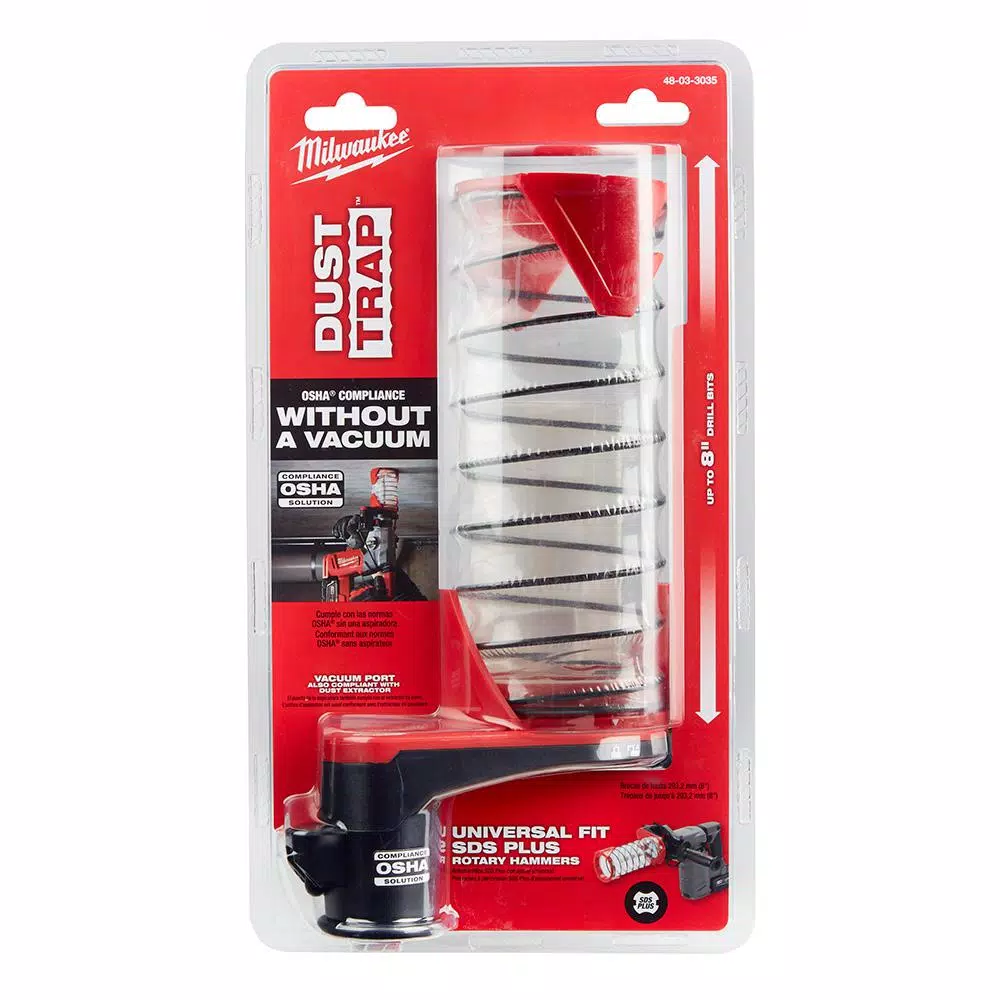
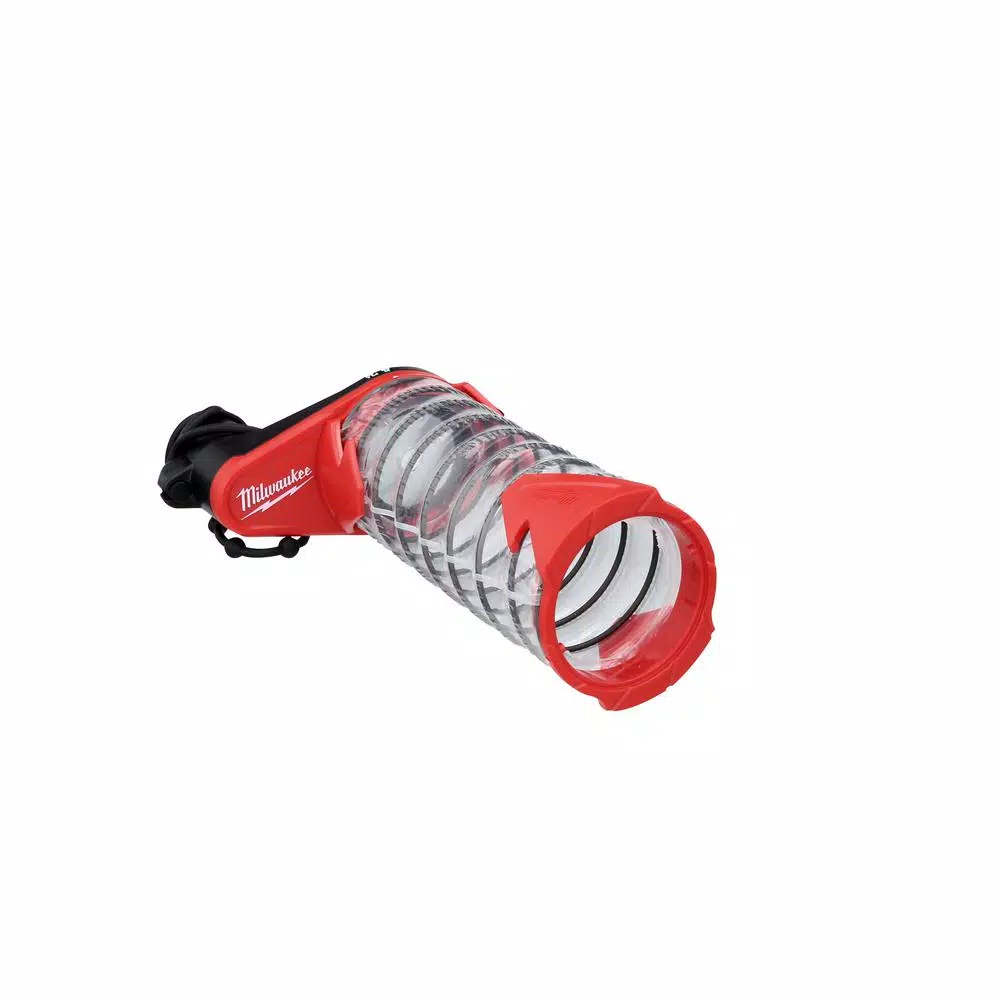
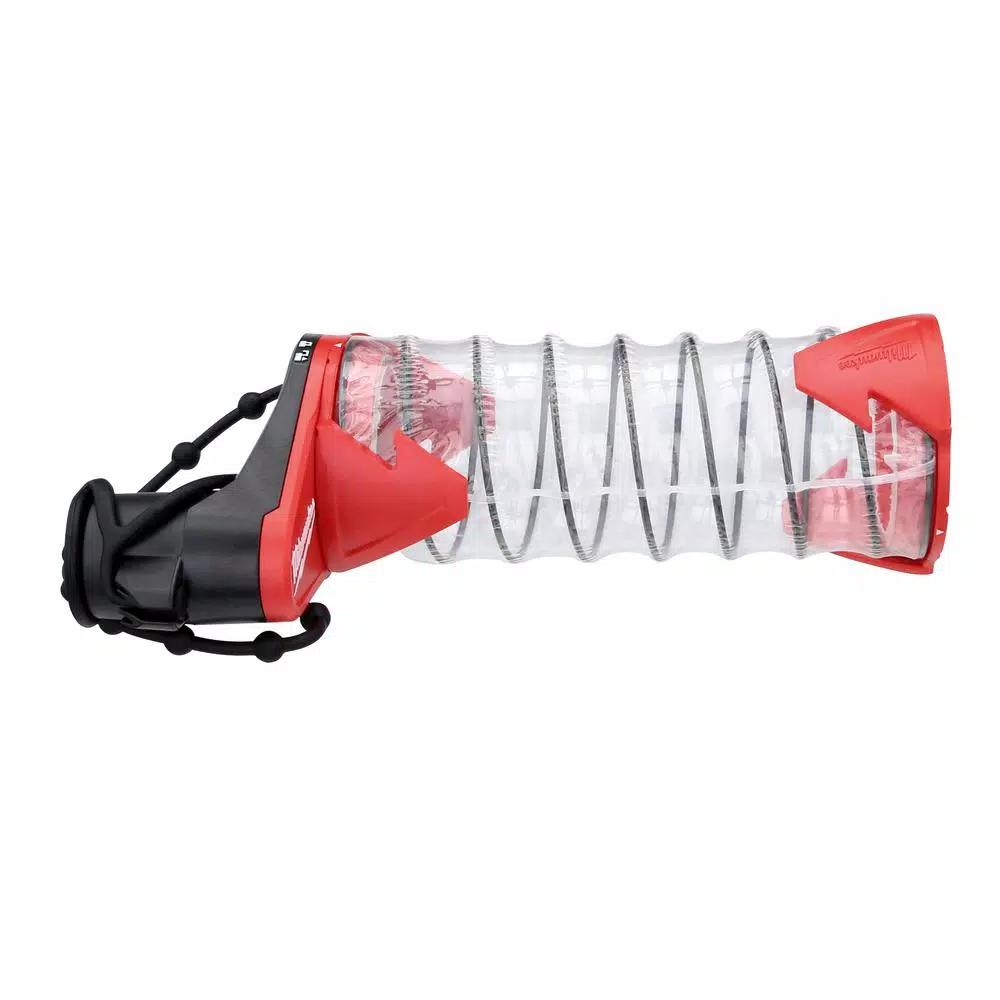
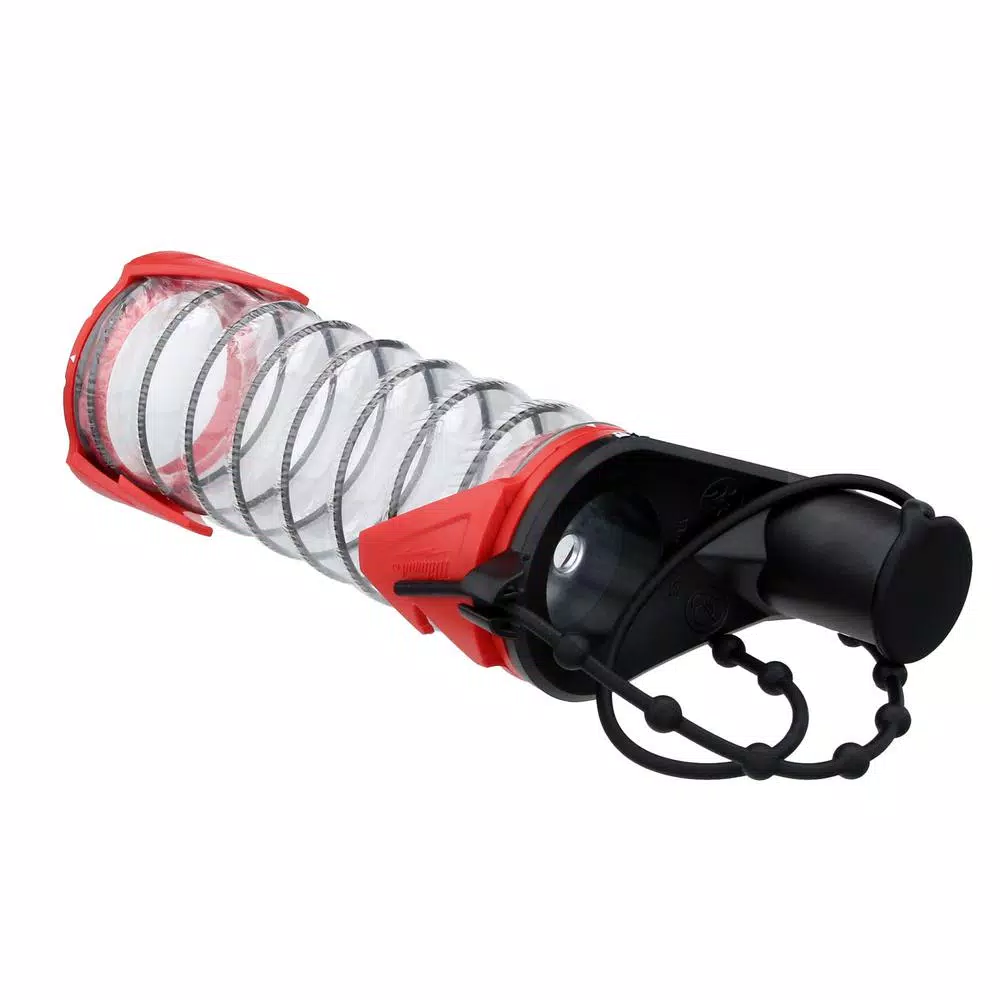
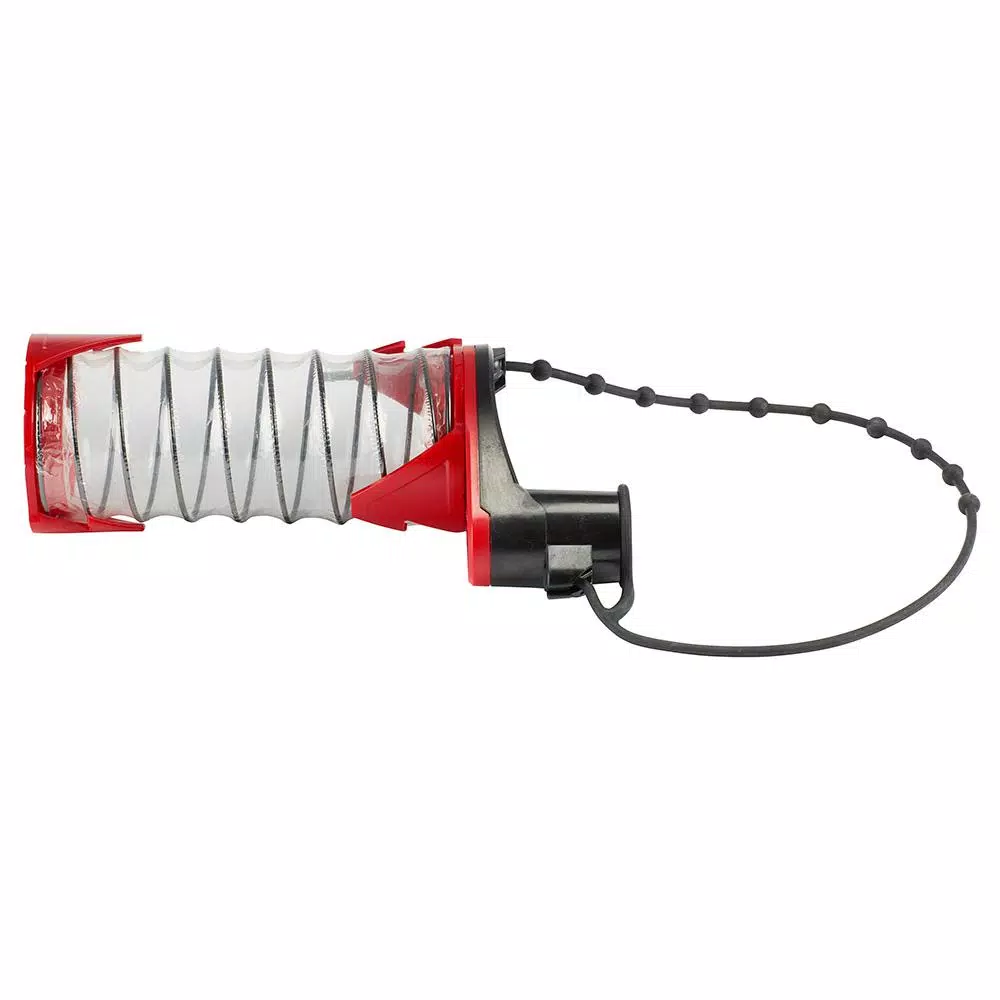
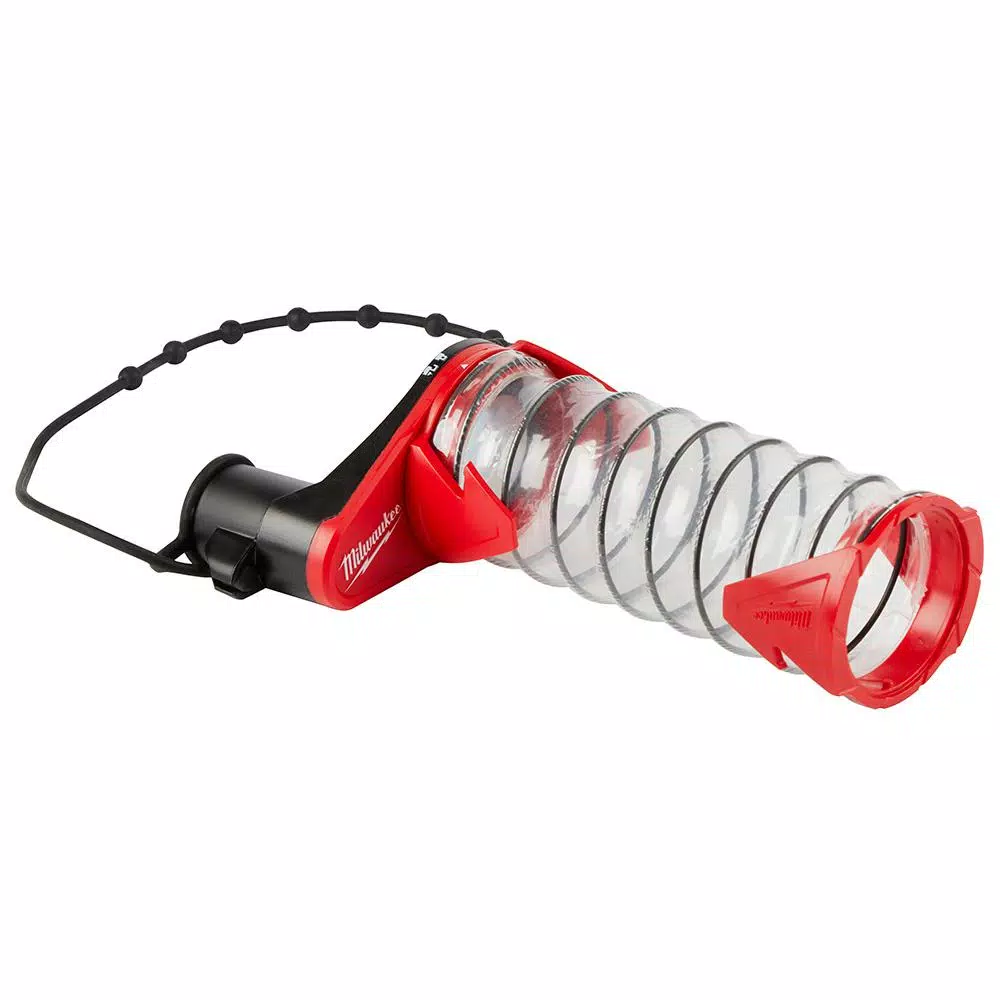
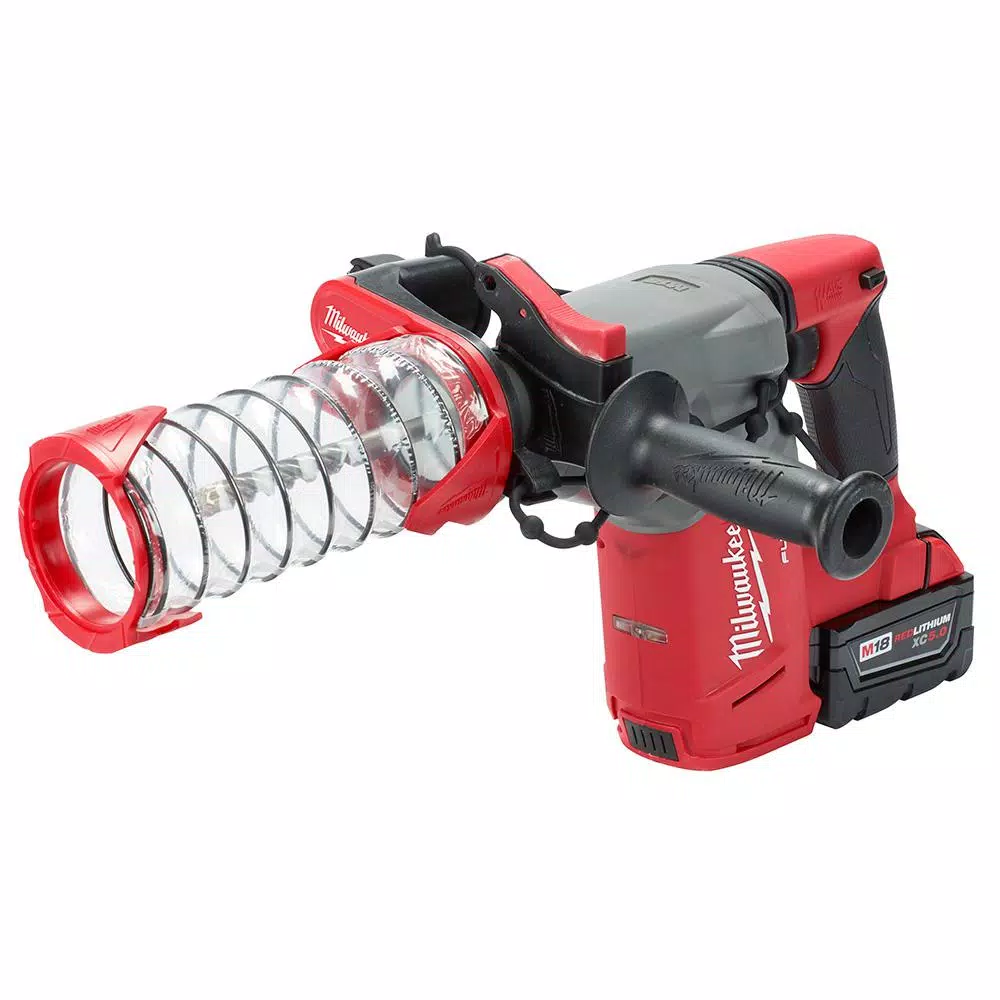
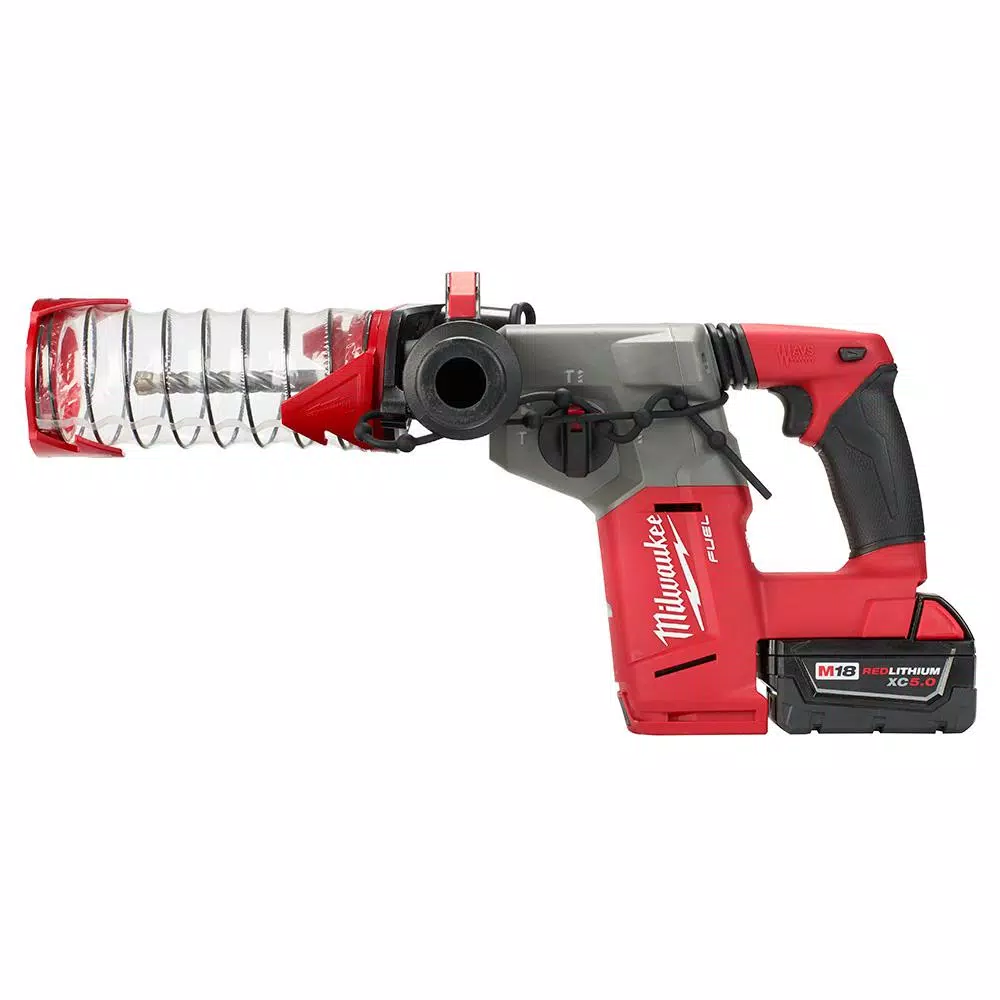
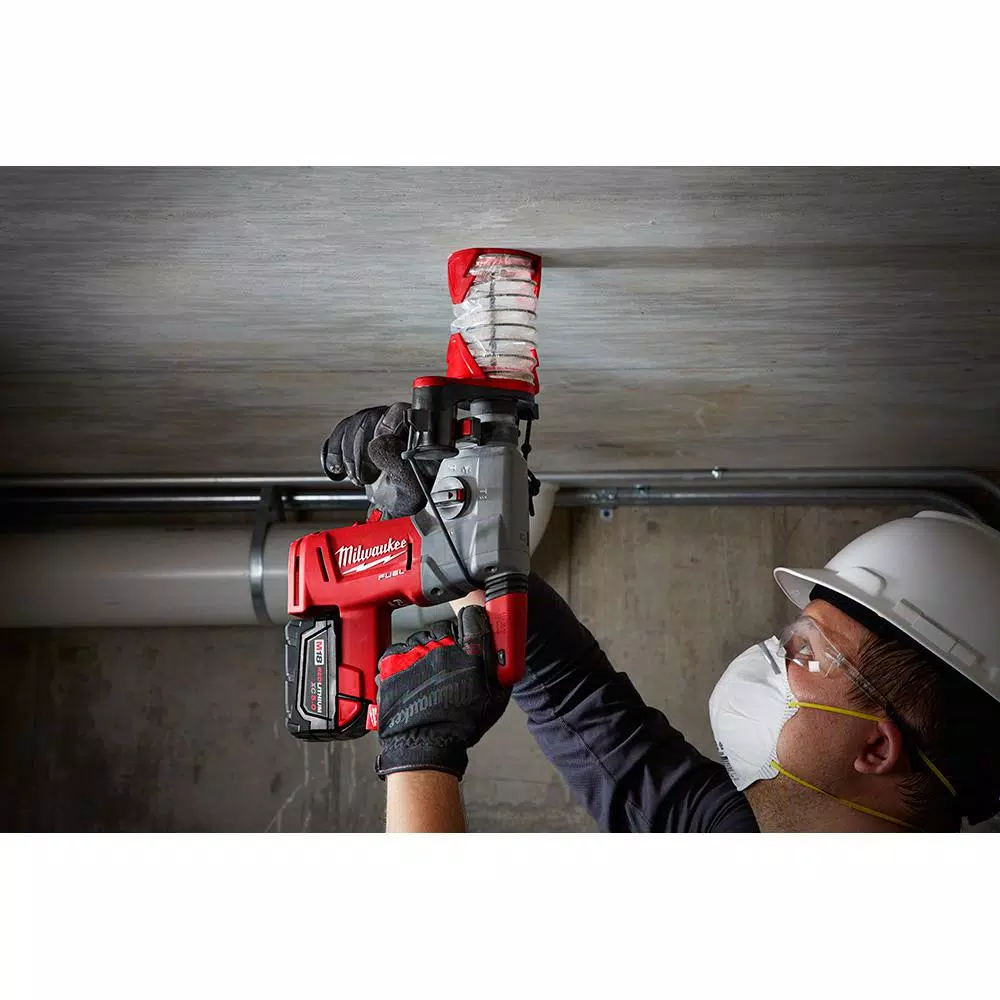
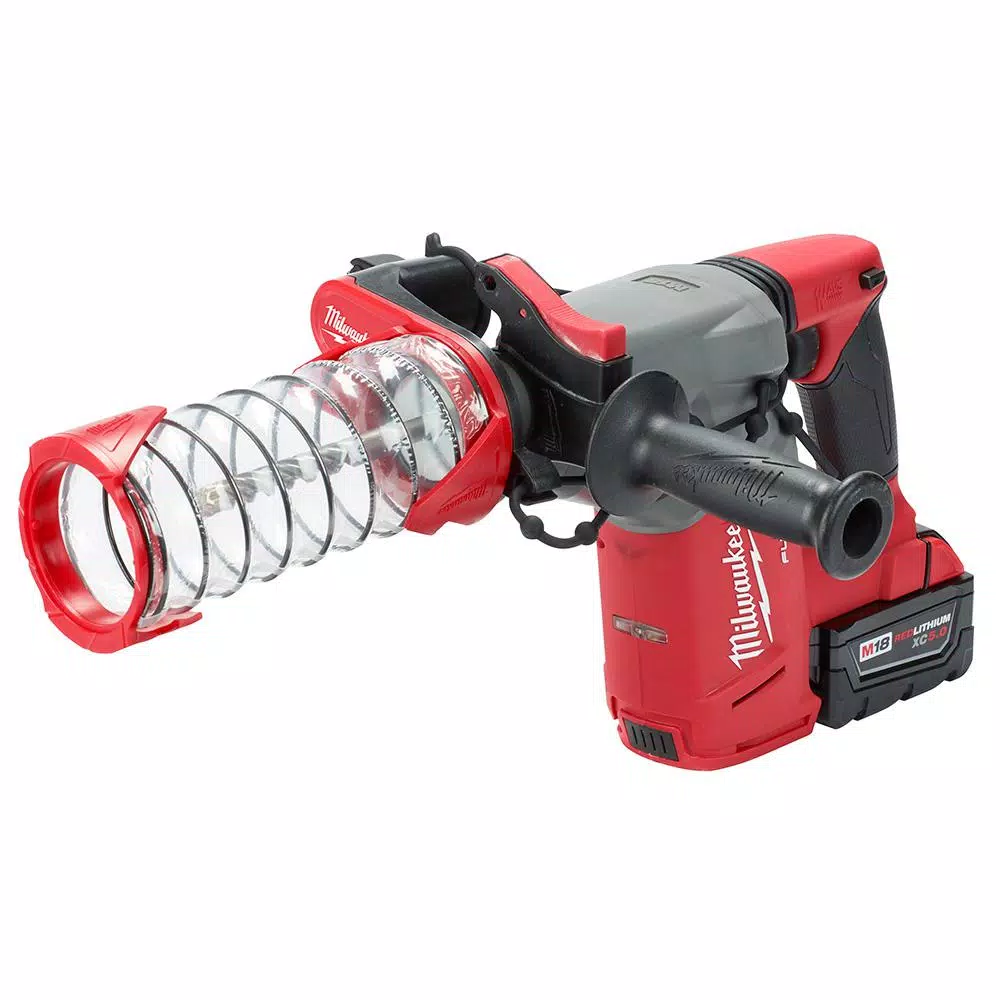
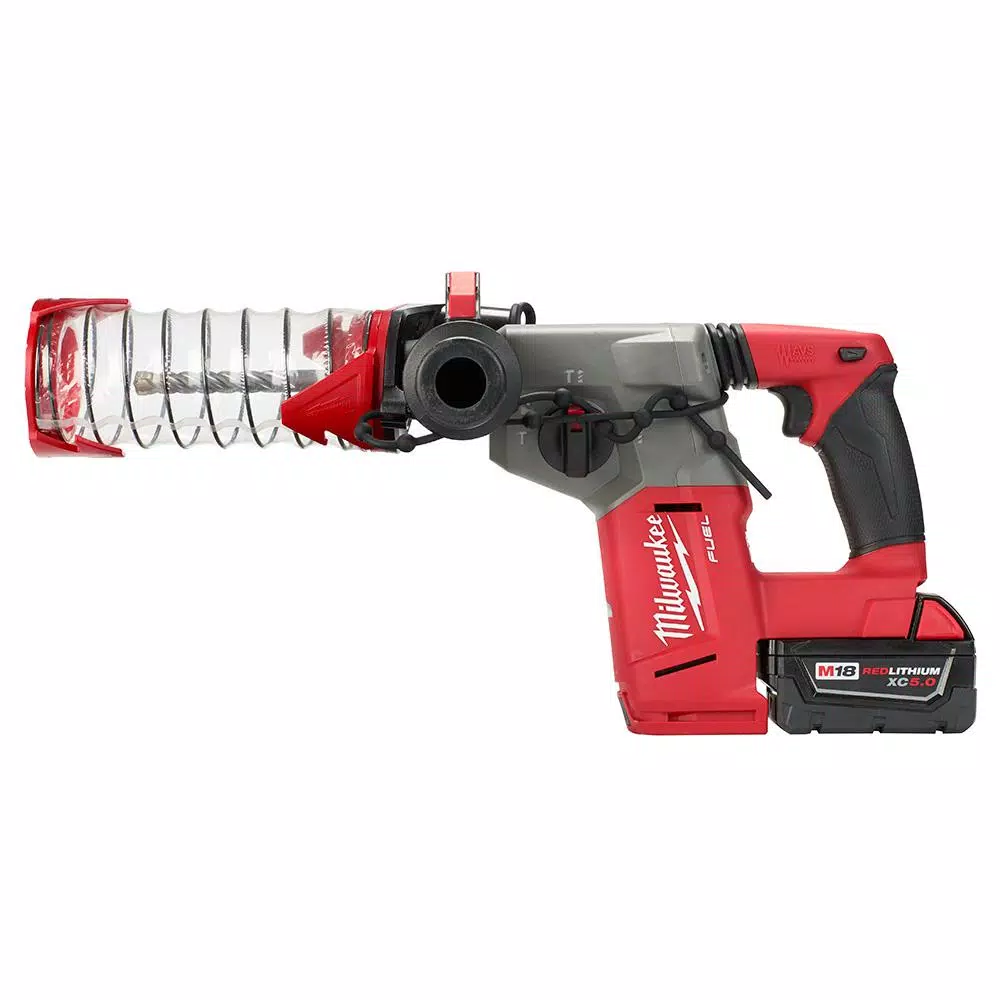
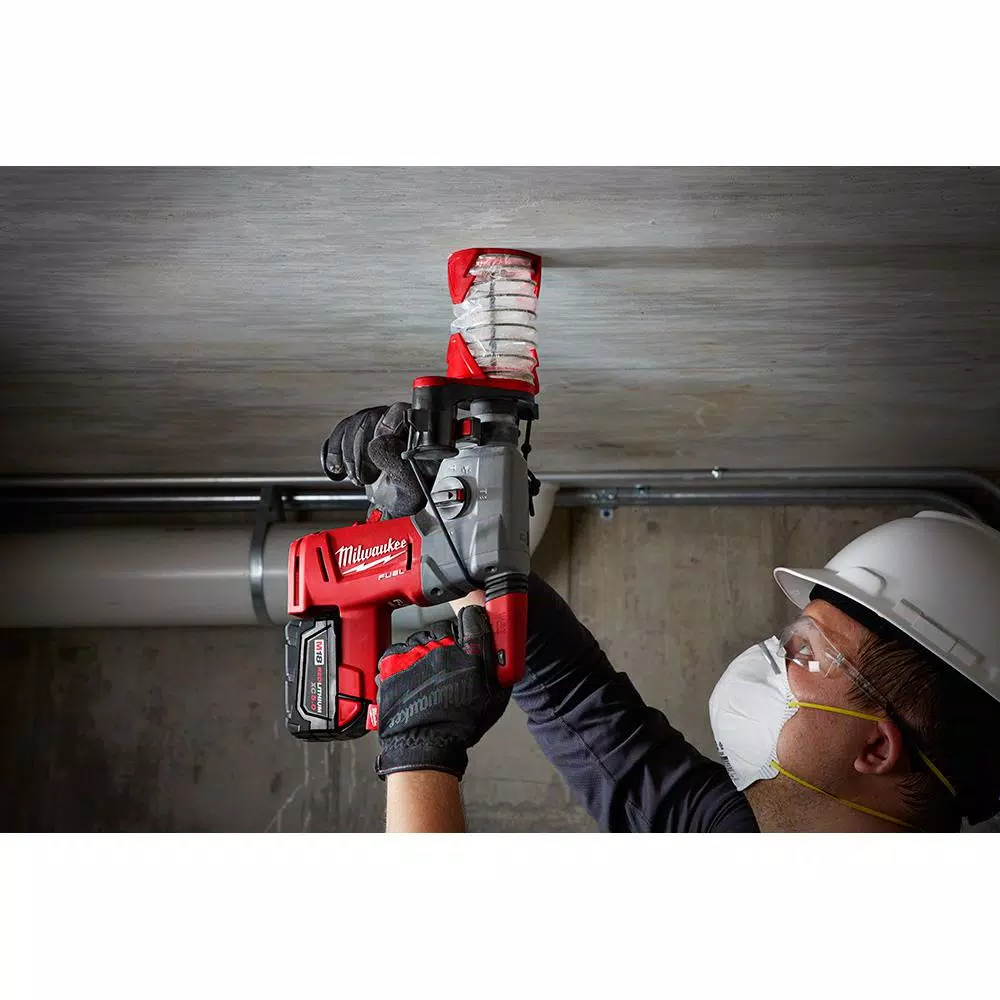
























Laney Fisher (verified owner) –
This inexpensive drill attachment had no trouble fitting on to my Makita Rotary hammer drill, does not interfere with my depth stop either. I recommend a longer drill bit so it’s easier to hit your mark when using this attachment. I would buy again if needed.
Adam Emard (verified owner) –
Another (mostly) clever design from Milwaukee to cover OHSA rules for dust during drilling. It is simple and also provides good flexibility for using with or without a vacuum.Essentially it is a collapsible plastic sleeve on a spring that fits around the drill bit. It catches all the dust coming out of the hole. You can optionally also attach a vacuum extractor to it to suck the dust out as you go.The shroud is see through allowing one to monitor the drilling depth as you go. Once finished drilling one can empty the dust out into a bucket of suitable container if not using a vacuum extractor.The device is held onto the drill by means of an elastic strap that goes around the drill (typically through the handle at the back) and attaches on the other side of the shroud. The back of the shroud is a metal plate with a hole in it the size of SDS bits. This metal plate is in contact with the rotating part of the chuck. The ‘chuck’ of my Milwaukee SDS hammer drill that comes into contact with the plate is in fact rubber, so that results in the rubber rubbing against the metal plate for the shroud at drilling speed. I decided that is not how I will use it and instead I thread a metal washer onto the drill bit before adding the shroud so that now there is a metal washer to reduce the rubbing and friction. I do think Milwaukee could have added some sort of bearing here instead of having the rubber cover of the chuck grinding against the shroud back plate. I keep the washer threaded onto the elastic fastening strap.The vacuum port is a little oversized but I managed to find a tube that would fit snugly into it and will connect to my shop-vac. A little bit more design there could have made the vacuum port smaller and elastic enough to take a bigger range of vacuum hose sizes. Most guys will however be able to solve this with some duct tape.The plastic sleeve may develop holes and replacements are available. It has a bayonet style mount to enable quick changes of the sleeve. They are sold in packs of 5 for $10 and upwards though I did not find them at Home Depot. Perhaps some cling wrap can be wrapped around them to fix holes?The shroud can be collapsed by compressing the spring and clipping the two ends of the shroud together. I suggest storing it collapsed to reduce the risk of puncturing it in the toolbox.It can handle drill bits up to 8 inches long.It does not connect to a regular drill well because of the shape of a regular drill chuck. I wonder if some sort of adaptor could be designed to that end.Made in China
Velda Mitchell (verified owner) –
The Milwaukee SDS Plus DUST TRAP works perfectly, just like in the demonstration video, which you can see in link I provided. At first I was skeptical, because I have tried several other contraptions that claim to collect dust but fell short in one way or another. Some could get most but not all of the dust because they didn’t seal well. Others were a nuisance to set up or clumsy in use.This thing actually works and it’s a breeze to use! Moreover, it collapses into a compact form so it doesn’t usurp much room in the tool-kit. If you already have any make or model of dust-collector, it probably fits this port. Don’t worry though. You don’t need an expensive vacuum with this. Any standard shop vac can work with the right adaptors and filters. When working overhead, you don’t really need a dust extractor. Gravity does all the work. Even drilling horizontally, most dust stays trapped within the housing. For any vertical drilling DOWNWARD, the dust extraction hose become necessary.I prefer to use this with a vacuum at all times simply because it keeps the view clear and makes clean-up effortless. One feature no one else has mentioned: The LED lights on Milwaukee’s SDS drill will still illuminate your work even with this shroud attached! You won’t need a separate flashlight! That’s super convenient when working in dark spaces. I can keep both hands on my work and still see what I’m doing. The internal spring is form-fitted to a super-durable plastic shroud. It applies ample pressure to keep the shroud in place, but is very easy to push out of the way for adjustments. It’s a snap to close and lock for storage. In today’s construction environment, working clean and dust free is mandatory. This thing keeps your air clean and your lungs safer. With a proper dust collector (and approved filters) your worksite is OSHA compliant… yet this tool is inexpensive and super easy to use. Highly recommended for any trades-person who must drill concrete, drywall, brick, cinder block or any other dusty material. It’s totally pro-quality, but it since it’s so economical, I can recommend this for any avid DIY homeowners who just wants to keep work areas clean the easiest way.
Murphy Koelpin (verified owner) –
With the growing needs of remaining OSHA compliant on site this dust trap is a good solution. It does fit onto almost any hammer drill making it pretty universal, which is great when dealing with multiple guys needing to use it. It does work the best when drilling holes above your head, gravity doing the bulk of the work with the dust allowing the shroud to trap everything. If for nothing else it is a safer way to keep the falling dust and concrete bits from falling into your eyes. Because, let’s face it, even with safety glasses on that dust seems to find its way into my eyes when drilling above my head. It does work when drilling side wall holes just a bit trickier to keep everything inside the shroud before dumping the contents into a trash bin. Overall a good solution to a problem many of us are experiencing on commercial job sites. Much more affordable than spending thousands of dollars on HEPA filter vacs that, quite frankly, don’t do anything more than a standard vac with a bag installed. Hopefully the attachment cord lasts as long as the rest of it. And the last thing I will mention is that the shroud itself seems like it will not survive the “throw it in the tool box” routine. I will keep it in a separate tool box with the hammer drill just to help it last as long as possible. It may be a pain but it is still more affordable than the HEPA vac.
Myrtis Schuppe (verified owner) –
This is a great tool for quickly mitigating dust exposure. It’s not perfect but if you cannot get your hands on a HEPA grade dust vacuum, this is sure better than nothing. Sometimes trying to find a HEPA vac quickly is difficult even online. This unit fits tight and I really like the adjustable draw cord that allows me to fit it on different sized rotary hammers and drills. In my opinion, it trapped dust well without the vac.Afterwards, I used a DeWalt DWV012 attached to my Milwaukee dust trap on a Bosch rotary hammer and saw no dust escape. And that’s what impressed me most, this dust trap works on other brand tools.
Weston Rowe (verified owner) –
Great little dust collector. Way to use, doesn’t take up much space and can still use a vacuum when needed. Biggest plus is it’s cheap and light.
Kathryn Rempel (verified owner) –
Works better than expected.
Judge Rowe (verified owner) –
It seems to fit my tool well, I am looking forward to some heavy use next summer. I love the vacuum hook up, these tools tend to make a big mess with dust flying all over the place, the fit and vacuum combination should be a great solution for the problem. When I was an industrial electrician I hated the concrete dust generated by my rotohammer and how I had to clean all the tools in the area.
Marianna Conn (verified owner) –
This shroud works decently well at trapping dust from drilling except of course for bits that are longer than the shroud itself. It can be used at any angle but the best advantage is when drilling overhead, trapping the dust inside of it instead of falling on you. There is a vacuum port at the base of the shroud which can connect to a shop vac or other dust extractor although I feel like my range of motion is reduced by having to drag around additional tubing for a tool that should otherwise be handheld. The shroud can be collapsed out of the way for cleaning or bit exchange. The plastic is flimsy but can be replaced. After several uses you will need to wipe down the plastic or else you won’t be able to see through it anymore to guide your work.The shroud is very helpful overall.
Fletcher Wilkinson (verified owner) –
Great for the application, and way more affordable than the dust extractor. However, the plastic outer shell ripped on me the first day using it, and it is technically not OSHA compliant when this occurs…not that I mind that much, but it would be wonderful if they redesigned it to have an outer shell stronger than plastic.
Aliya Walker (verified owner) –
Does what is supposed to do
Sincere Kshlerin (verified owner) –
I work as a builder remodeler, and I have for 48 years. I often have a need to drill holes in concrete. In the past I never thought much of it, but in recent years there has been an increasing emphasis on worker safety, and rightly so. In the fall of 2017, the OSHA requirements regarding silica dust went into effect. This Milwaukee SDS-PLUS DUST TRAP DRILLING SHROUD is the best example of containment I’ve seen thus far. It can work with or without a vacuum, and can work with any make of SDS style drill. It’s a keeper!